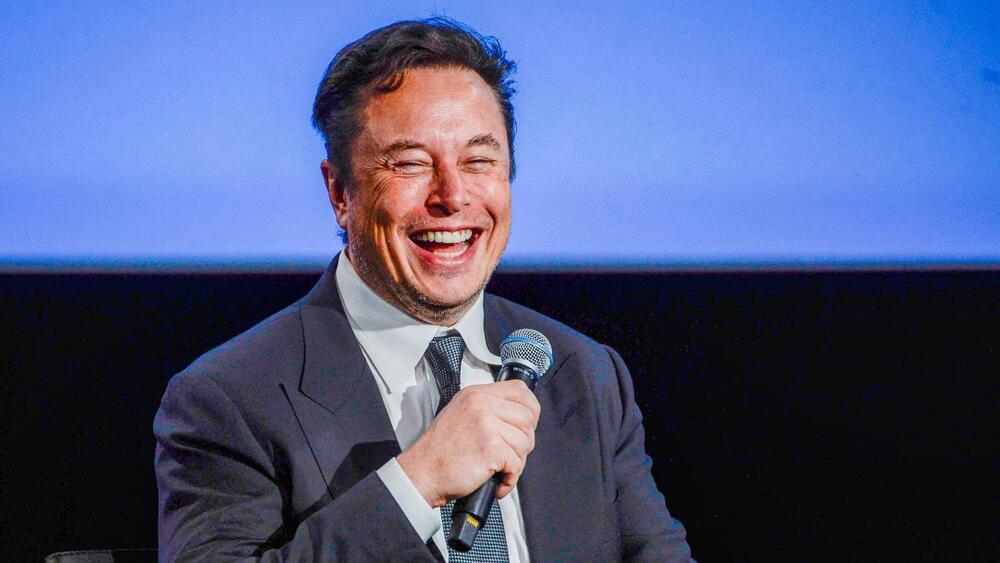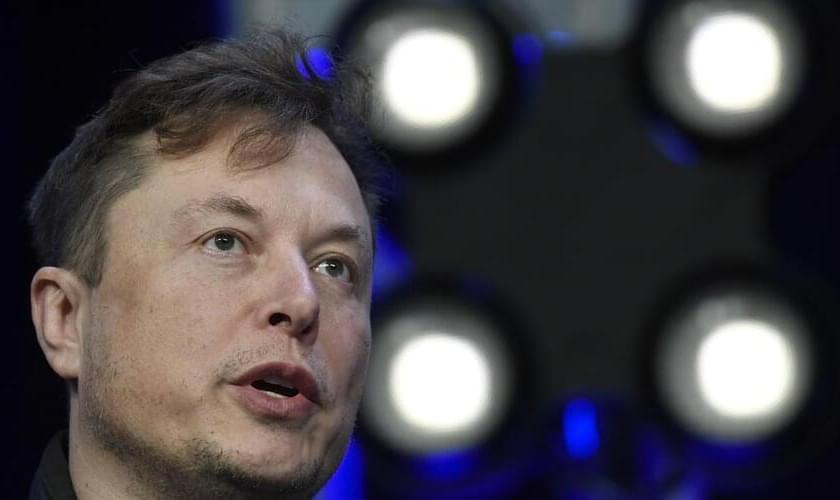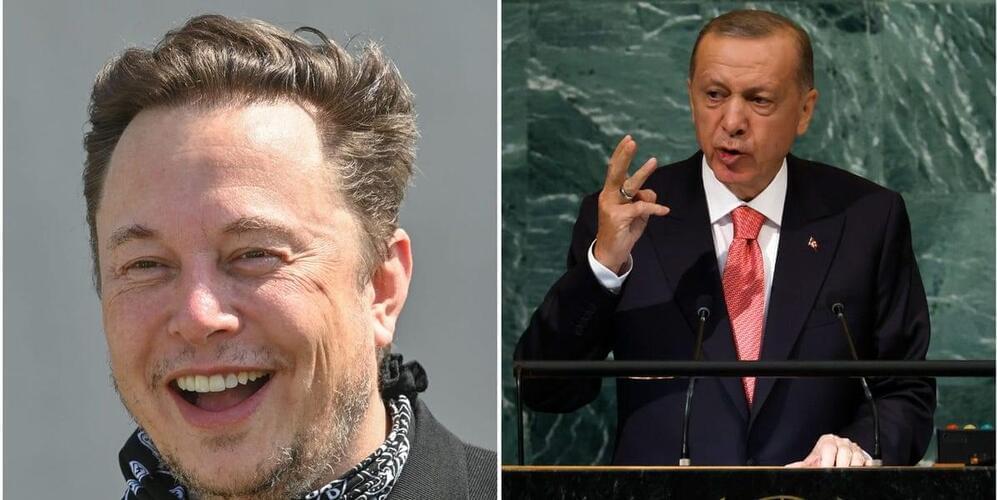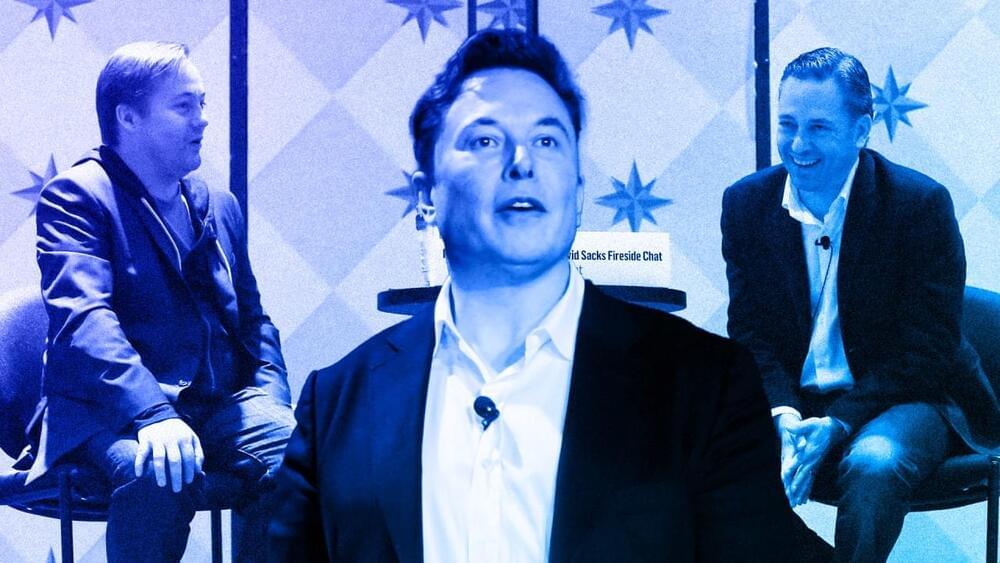They were apparently fired by mistake.
Elon Musk-led Twitter is now contacting dozens of its ex-employees that were laid off in the Friday mass firing to return back to work, Bloomberg.
Getty Images / CARINA JOHANSEN
Even before Musk officially took over the reins of the company, there were fears of mass layoffs, which Musk viewed as a bloated organization. Time and again, Musk has justified the need to reduce the count at the company, to keep it profitable, even though he has said that his Twitter acquisition is not about money.








